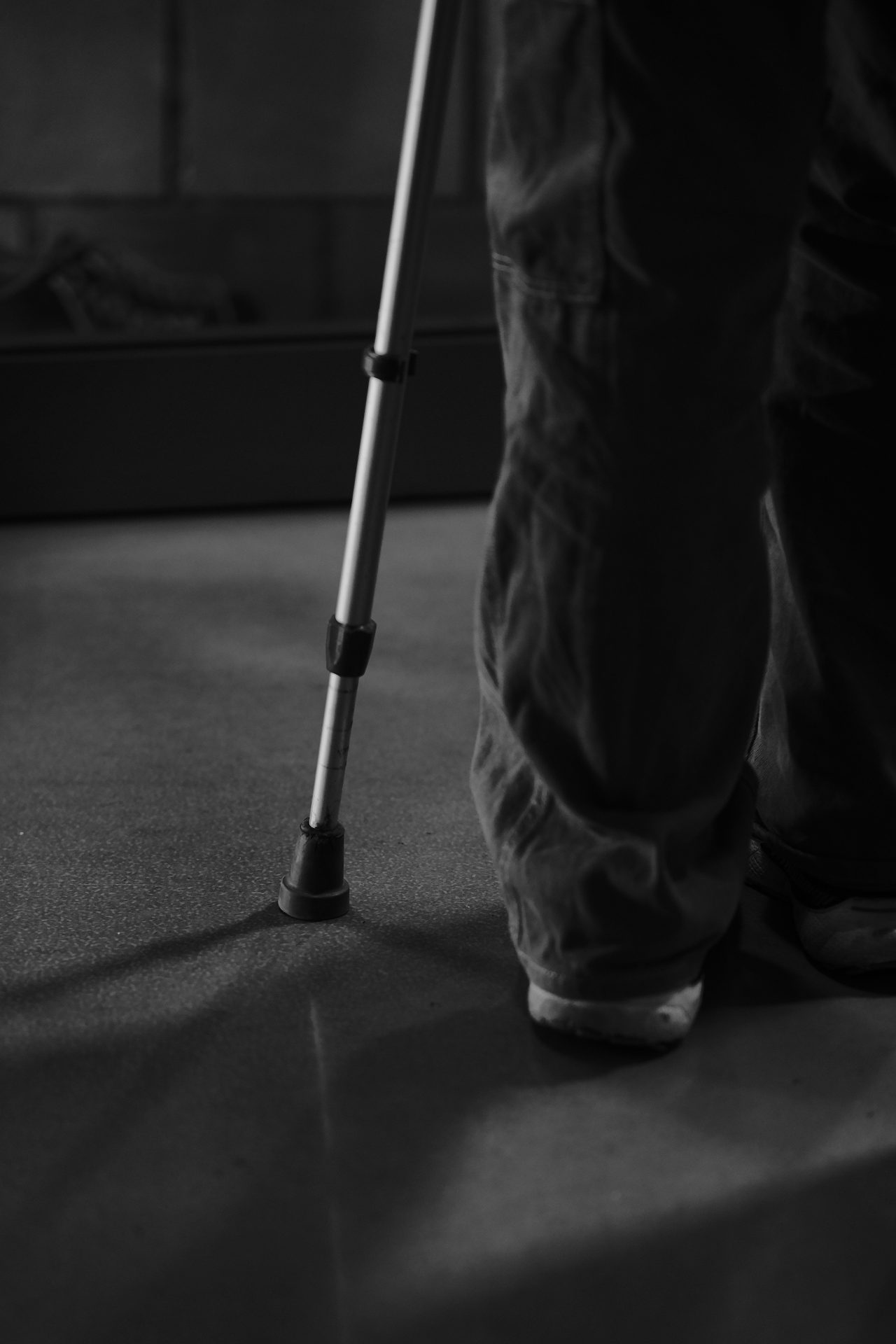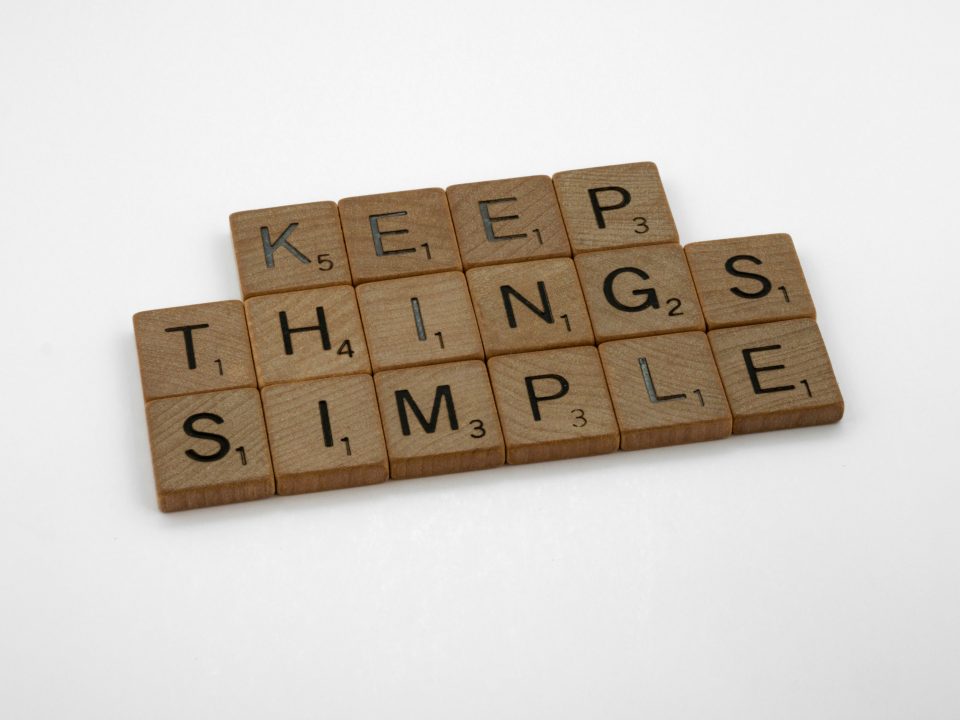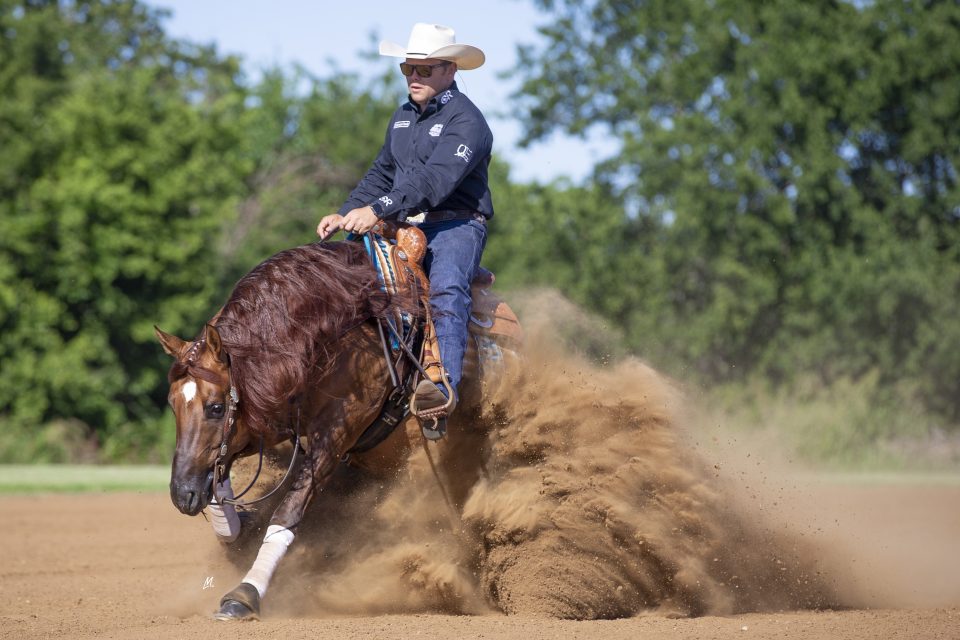When faced with a worst-case scenario, how will you share information with your clients?
By Katie Navarra

When everything is running smoothly, you feel like you can conquer anything life throws your way. A major win at an event or even a breakthrough in a horse’s training rewards the long hours and hard work of your profession. But there’s a chance you’ll have to address a crisis—whether it’s your own health, the health of a client’s horse, or the force of Mother Nature.
“Most people simply don’t know what to do in a crisis,” said David Fuscus, president and CEO of Xenophon Strategies, a Washington D.C. public relations firm. “Chances are, 99% of the time if you’re involved with a crisis, it’s the first time you’ve been involved in one. You have to shape the story that comes wherever that plays out—the media, social media, or within the industry.”
It’s impossible to predict every scenario, but here are five situations that you’re likely to encounter as an NRHA Professional and tips for working through them, with tips from Bud Roebuck and Devin Warren, in this four-part series.
Part 1: Devastating Weather Event
The Crisis: You Get Hurt
Warren has had two serious wrecks. The first time, he was sidelined for three weeks after an accident that resulted in a four-hour facial-reconstruction surgery. The second time, he broke his sternum, ribs, and a small bone in his left leg. Both injuries kept him out of the saddle for several weeks.
First step: Inform clients what happened and what will happen to their horses. “Come up with a plan to tell customers how you’re going to cover things and get their horses ridden,” he said. “Most customers are understanding of that kind of stuff when it’s communicated directly.”
Getting word out: Use phone chains and social media. During his first injury, Warren’s wife, Jolene, used a phone chain. She called a handful of people, provided details, and asked them to call a group of individuals. This was pre-Facebook, and having help kept her from getting bombarded with questions. After Warren’s most recent injury, they again called clients first, and Jolene followed up with updates on Facebook.
“It’s pretty easy to put posts out there,” he said. “When you get four or five shares, all of a sudden everybody knows.”
Follow up: Accept help when it’s offered. Trainers are competitive by nature, but they also make a tight-knit community willing to help in times of need. While Warren recovered from his first accident, Clint Haverty coached his clients and Bill Horn showed his 3-year-old at the APHA World Show. The second time, Casey Hinton offered to keep Warren’s personal futurity horses going.
“Sometimes we’re too proud to ask for it, but so many people are willing to help,” Warren said. “That’s the coolest thing about the horse industry.”
Read the rest of this article at the links above.
ital Follow up: [RR1]



